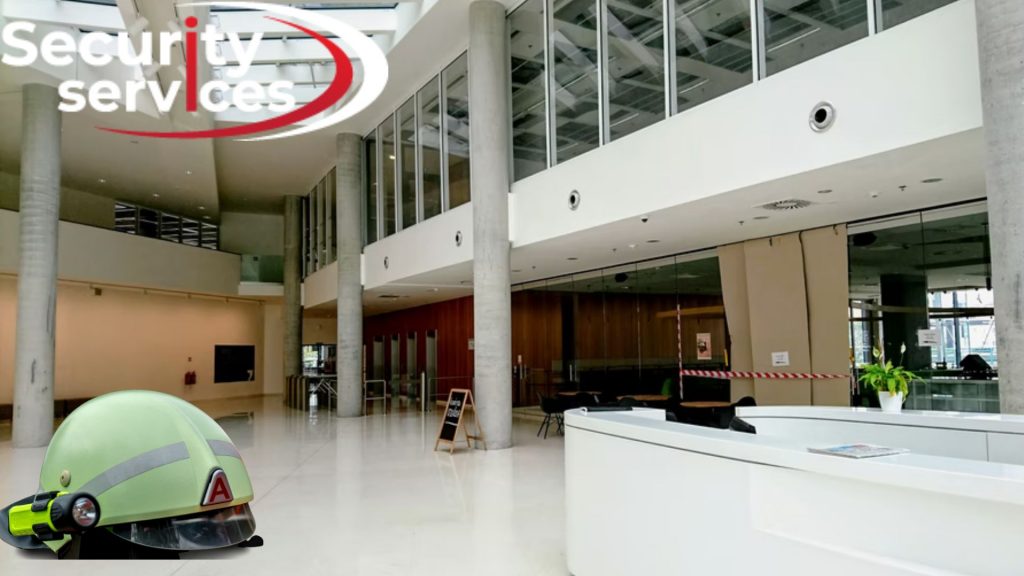Businesses and organizations utilize risk management systems to track risk information, analyze data and control the overall cost of risk management. So you know that you need a risk management system for your organization, but how do you make sure that you pick the right system? After all, there are lots of vendors to choose from. You also need to pick a system that works best for your business and helps you manage risk.
There are three essential steps that will make you feel confident in the risk management system you pick. The first thing is to consider your environment. From here, you need to identify your main and secondary system criteria. Lastly, use this knowledge to research and choose the vendor that best suits the needs of your organization.
Step 1: Internal Environment Analysis
Before you start looking at the systems of multiple vendors and being overwhelmed with all the options, consider first your internal situation and your needs. First, consider the big picture. What motivated you to hire risk management and what organizational goals are you trying to accomplish? Determine if you need to reduce cost, improve employee productivity or decrease claims to get you on the right path. Also, consider long-term goals.
Next, consider your current claims and risk management process, and then consider the pain points of your current process. These areas indicate the processes that need a risk management system so you know where to focus. The next step is to consult will all users of the system. Get them to break down their daily tasks and highlight problem areas you might not have considered. Finally, consult with legal and IT teams to illustrate technical requirements you might have missed during your first analysis.
Step 2: Determine Your Needs
Consolidate all the information you gathered into two main categories: your business’ main criteria and your second criteria. This becomes helpful when you move on to the next step. First, identify primary criteria that solve the big picture from the first step. This is the main reason you are choosing to hire risk management technicians in the first place. If you know you need a function and the vendor does not offer it, immediately continue with your search.
The next step is to identify secondary criteria which include other system functionalities or aspects of the vendor. These will help you determine which system suits your needs best, especially if more than one meets your main criteria. Consider data intake, import and export, reports, integration, automation, accessibility, customization, support, implementation, technology, and pricing.
Step 3: Choosing a Provider
The first step is to research. There are many risk management firms on the market, all varying in technology, functionality, and pricing. Explore the information of every vendor and determine if they give your main criteria and match up with your secondary criteria. Next, choose the most promising systems and contact the vendor for a demonstration. In these demos, see if the system meets your organization’s requirements and needs. Also, take note of the system’s strengths and weaknesses.
By following these steps, you can easily choose the risk management system that works best for your team and your organization. Although there are lots of options to choose from, being confident with your choice will make it easier to get support for the initiative, start up the system, and get the best results that you need.
About Security Services
Security Services is considered one of the top security service providers in Sydney, Melbourne, and throughout Australia. They provide affordable 24/7 security solutions, specializing in giving security guards to retail, hotel, construction, event industries, and commercial, among others.

